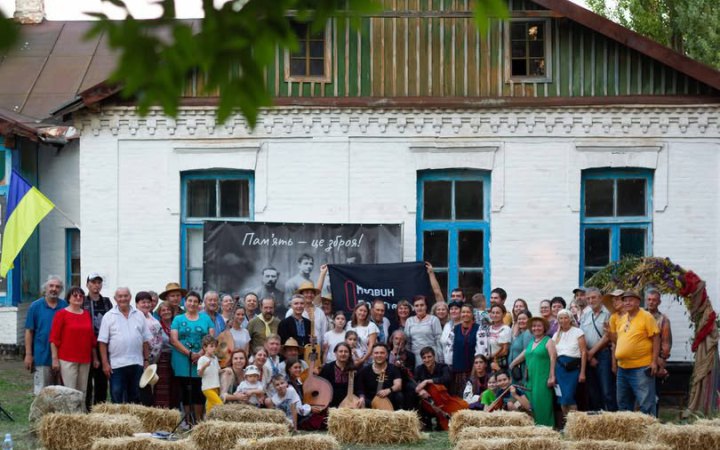Medvyn Republic
The Medvyn uprising began in April 1919 under the leadership of Hryhoriy Pyrkhavka and an ensign Kolomiyets (name not established — Editor): several thousand people captured Bohuslav, eliminated 50 Red Army soldiers, and took another 40 prisoners.
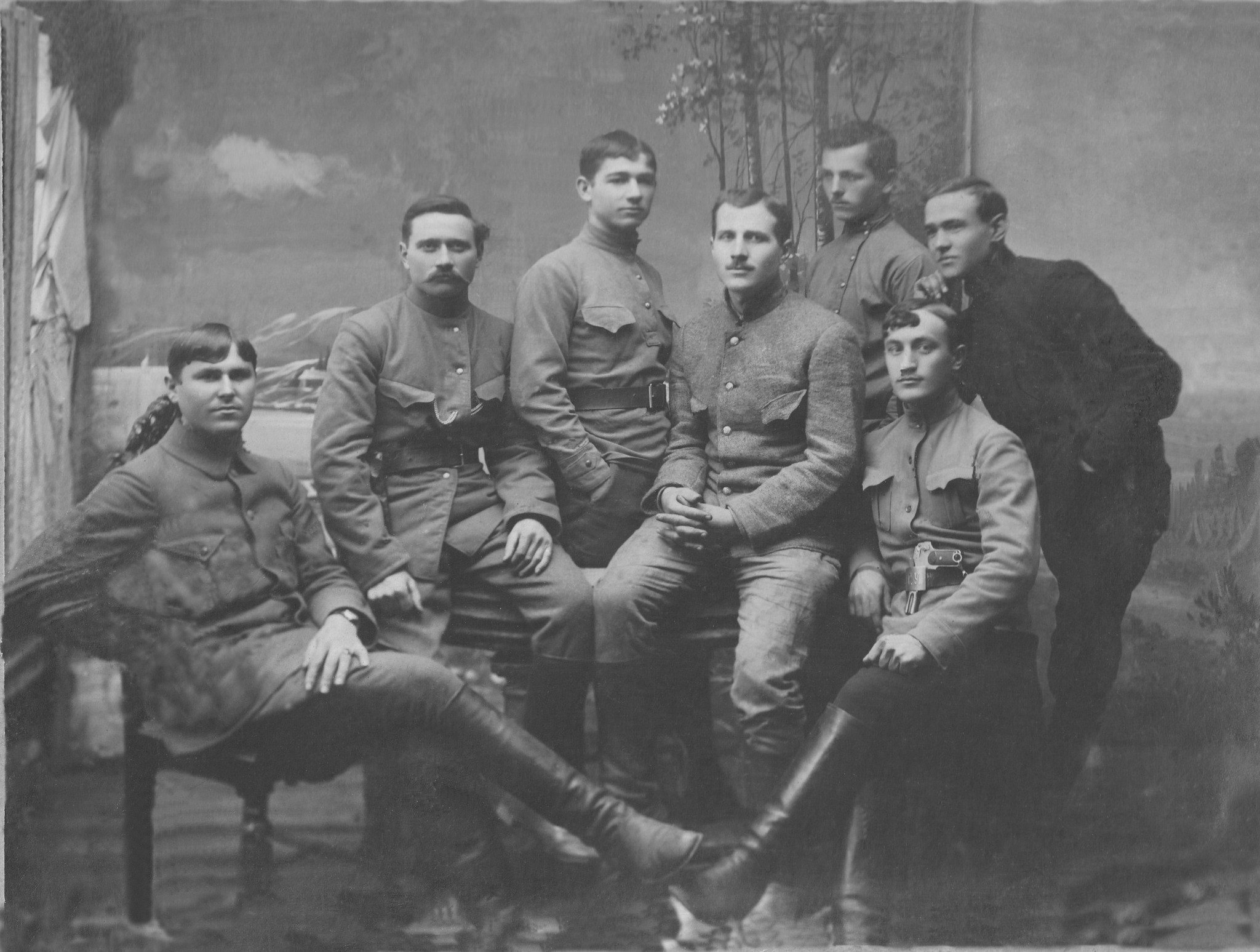
The uprisings were suppressed with the help of the international regiment led by Hungarian Rudolf Fekete and a battalion of the Kyiv County military commissariat. For several months, Medvyn was under Bolshevik control, and from early September 1919 to January 1920 — in the hands of Denikin's forces.
In June 1920, the Bolsheviks entered the village for the fifth time and began demanding the mobilization of youth into the Red Army, a large food tax, and a "fight against local Petlyurism."
When at the village meeting on August 18, 1920, food requisitioning (Prodrazverstka) and mobilization into the Red Army were introduced, the uprising intensified again. It was led by Ataman Khoma (Lebid) Sydorenko, with Mykola Vasylenko as chief of staff and the ideological leader — bandurist Antin (Petyukh) Mytyay.
On August 19–20, the people of Medvyn captured and executed communists who came to establish their order, including members of food requisition squads.
The peasants proclaimed a republic, and for its defense, they dug up harrows with sharp spikes around the village. They hoped to hold out for several months until reinforcements arrived from neighboring villages and Petlyura's army. Small detachments indeed arrived. The insurgents made raids into nearby settlements, destroying mobilization cards and confiscating bread seized from peasants under the food requisition system.
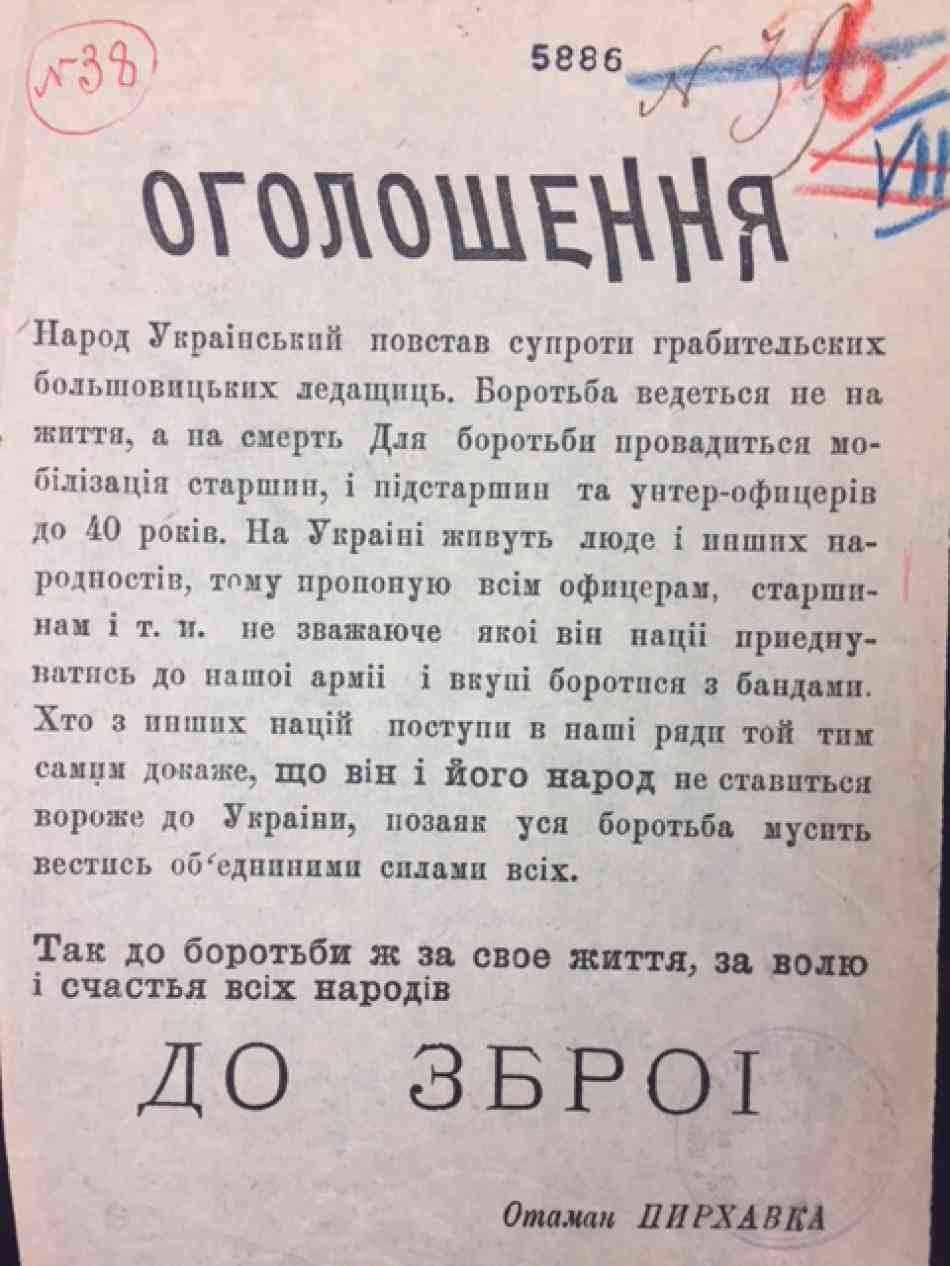
However, the insurgents lacked weapons. For a thousand defenders of the republic, there were about 300 rifles and a small number of bullets.
After an attack on a sugar factory where the insurgents disarmed several Bolsheviks, the event became known in Kyiv and Moscow, causing concern that the uprisings could spread.
On August 28, 1920, Budyonnyy’s regular army captured Medvyn — the insurgents retreated into the forests and began underground resistance. Budyonnyy’s forces immediately carried out reprisals against the civilian population, and on October 13, their punitive detachment executed about 80 Medvyn men aged 18–30.

On July 30, 1921, Ataman Tsvitkovskyy and his Cossacks surrendered under Soviet amnesty, while Ataman Levchenko's insurgent group continued operating until 1922.
The Bolshevik occupiers conducted prolonged repression against the rebels, with the peak of executions occurring in April-May 1938. According to some data, the total number of repressed reached several thousand people.
On October 13, 1941, when Kyiv Region was occupied by the Germans, local residents first commemorated the executed Medvyn residents near Kovtunivskyy Forest.
During Stalin’s lifetime, in 1952, a memoir book by Ivan Dubynets titled “Medvyn is Burning” was published in New York. The book was secretly brought to the village in the early 1960s by the Brazhnyk couple.
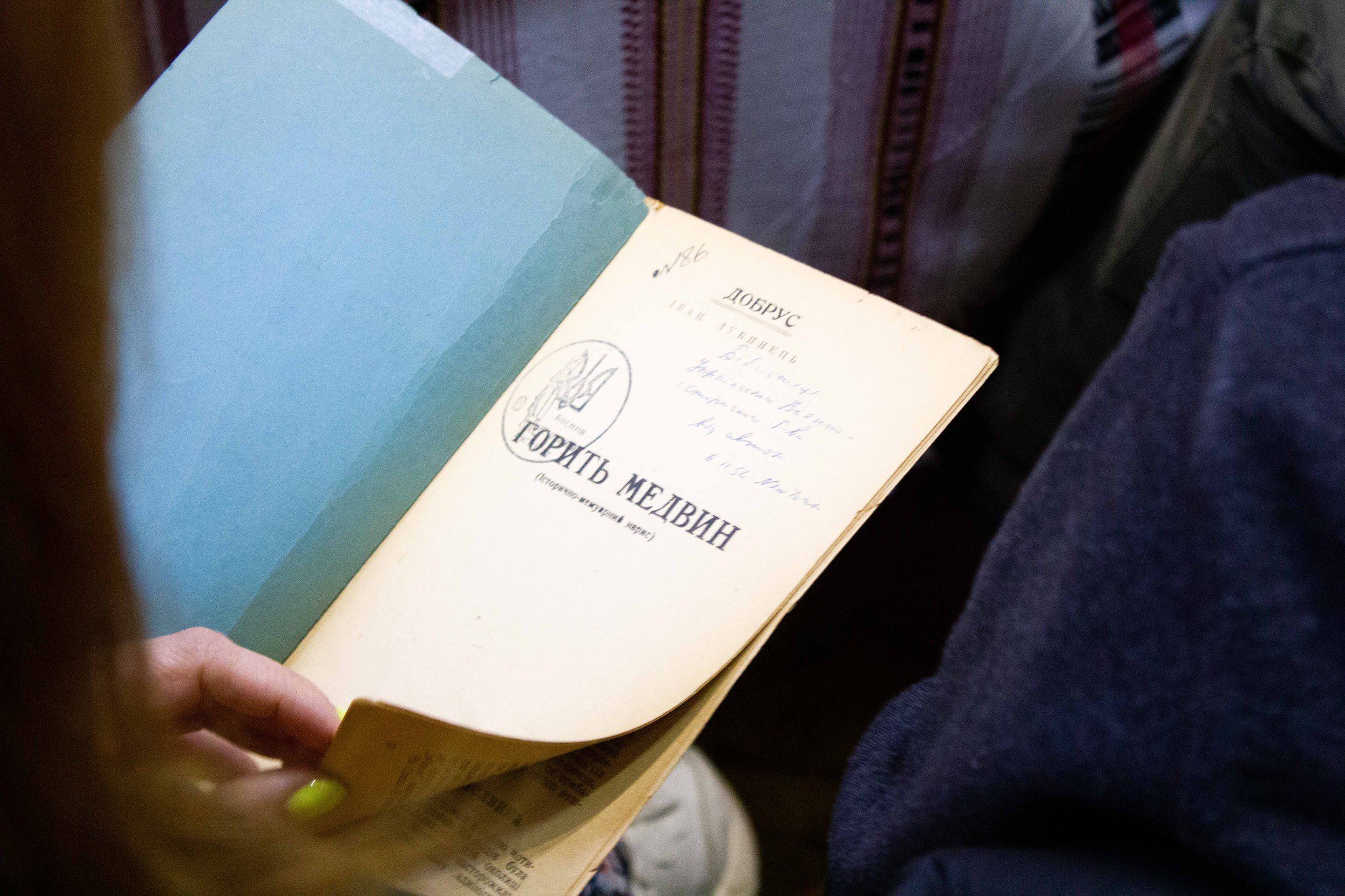
On October 13, 1989, the commemorations of those executed by Budyonnyy’s forces were revived, and on August 20, 2000, a memorial sign was unveiled in the center of Medvyn to mark the 80th anniversary of the execution of participants of the Medvyn uprising.
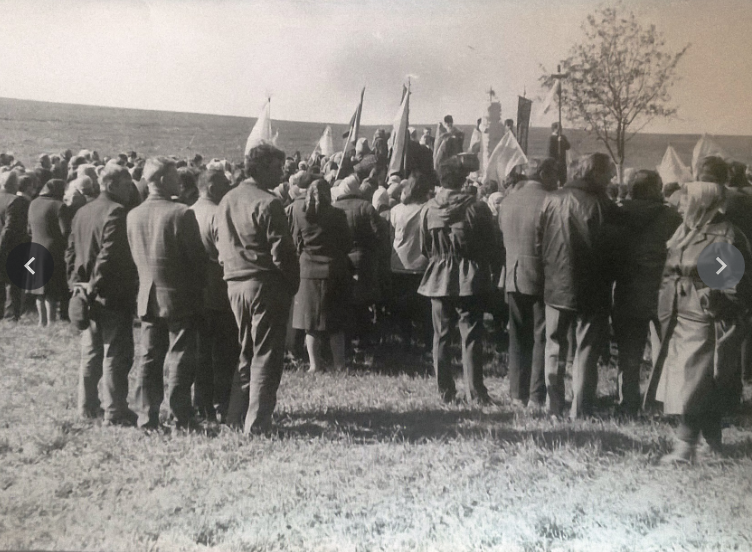
In 2014, a memoir book titled “Medvyn Uprising” was published, edited by Roman Koval and Petro Hohulya, and in August 2019, a documentary film “Medvyn Uprising” by directors Nataliya and Viktor Horyanskyy premiered. The film's premiere took place on August 17, 2019, at the first Medvyn Uprising festival.
Medvyn Uprising Festival: How it all began
The festival was inspired in its organizer — literary critic Maryna Hohulya from Bohuslav — by how Lithuania celebrated 100 years of its statehood in 2018.
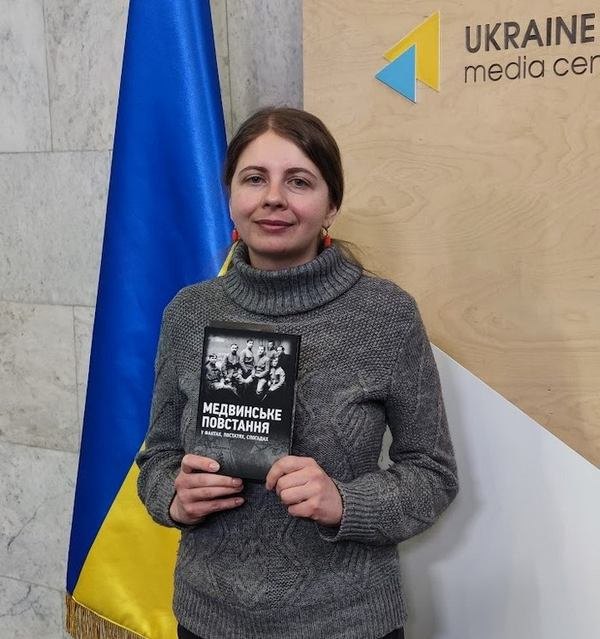
Maryna recalls that Lithuania literally talked about the century of its statehood everywhere, while in Ukraine this process was less organized. Therefore, she wanted to do something similar, at least at the local level.
“We started talking about this on our Facebook page about the Medvyn uprising. I went to the SBU archive, found the names of repressed Medvyn insurgents, began publishing materials about them. Relatives of the insurgents responded, sent photos, and we realized we had enough material for a whole film,” Maryna says.
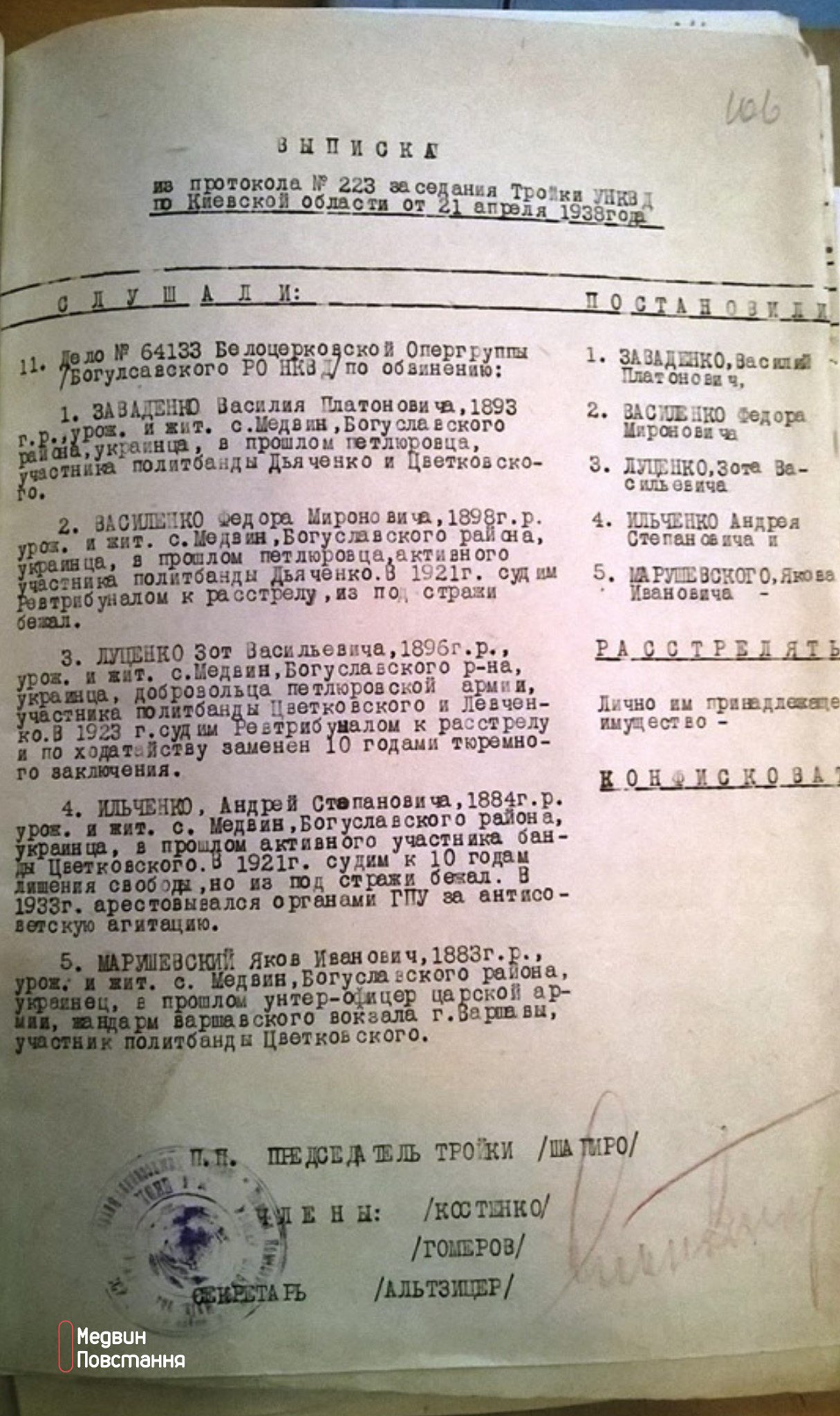
The book “Medvyn is Burning” by Ivan Dubynets also helped, as it guided the search for places where both tragic and heroic events occurred.
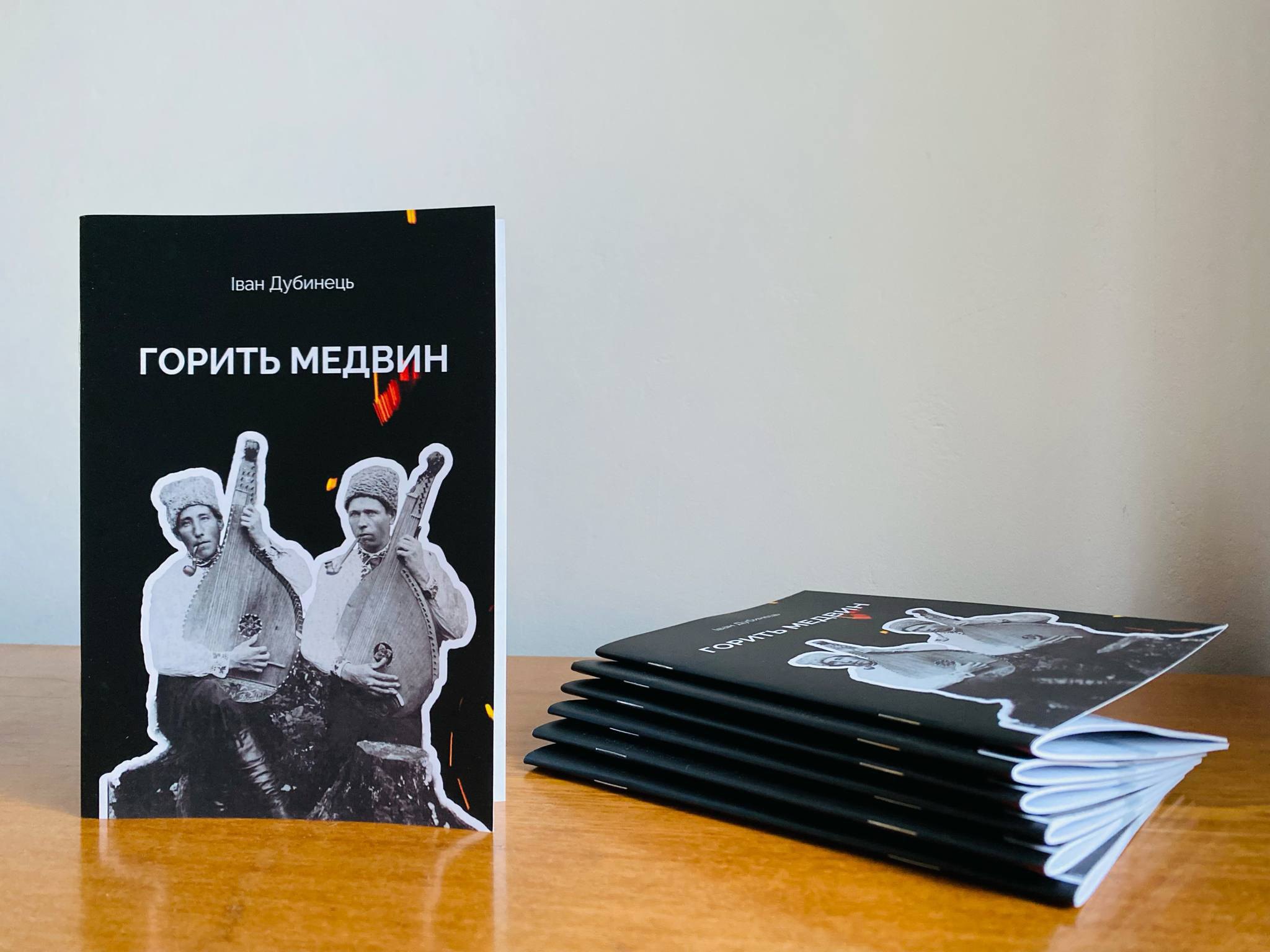
“We wanted Medvyn to become a place of historical pilgrimage, like Kholodnyy Yar, so that people who need inspiration from our insurgents to fight for Ukraine and believe in Ukraine would come here,” explains the literary critic.
The festival venue was chosen as the Ministerial School in Medvyn, built back in 1910. During the uprising, it was a cultural center hosting performances and concerts, including those of the ideological leader of the uprising, Antin Mytyay.
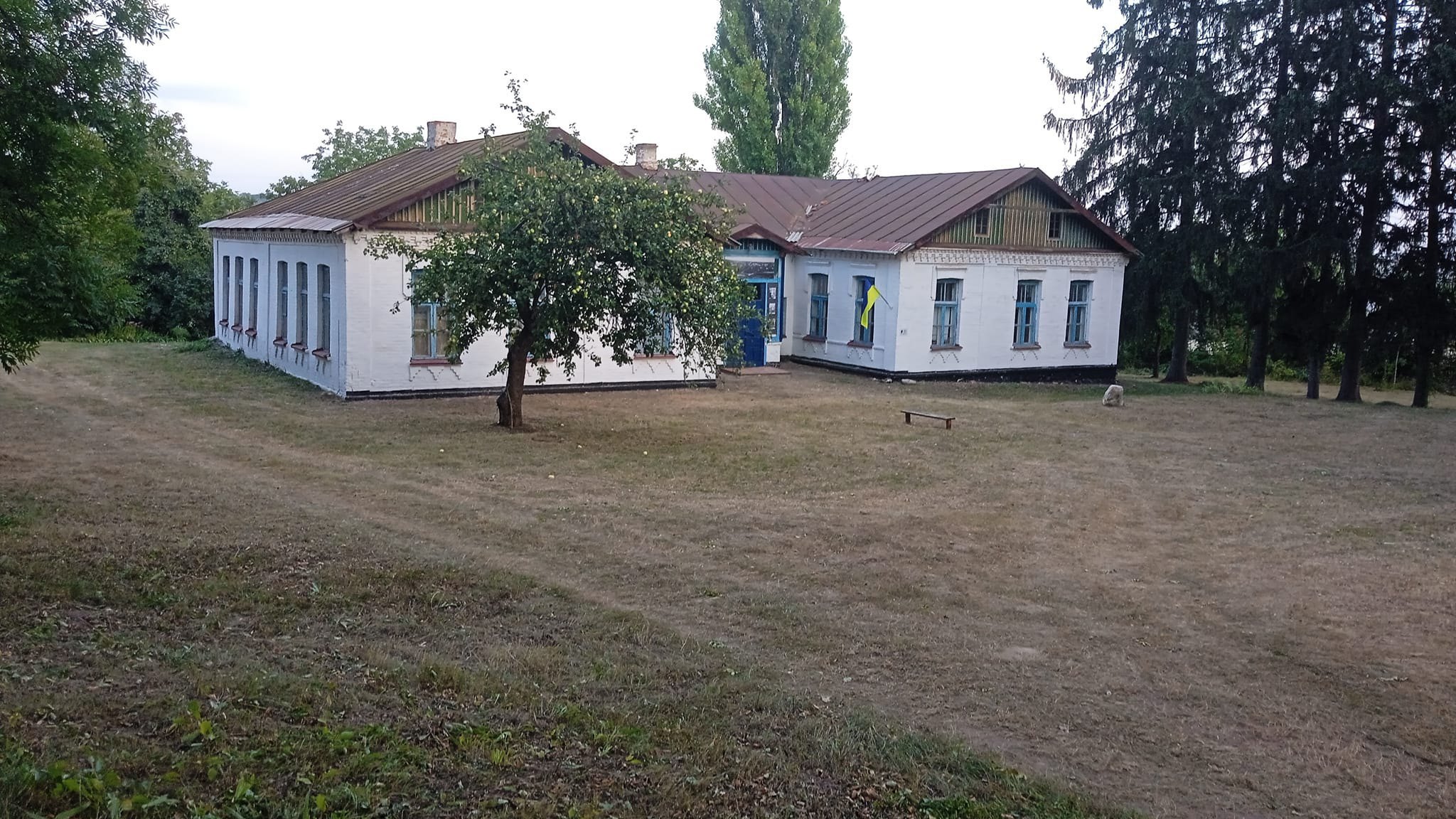
The first Medvyn Uprising festival was held on the 100th anniversary of the start of the uprisings. It gathered about a hundred participants.
What will be at this year’s festival
This year’s program includes a tour of Medvyn uprising sites, a charity fair with proceeds going to support the Defense Forces of Ukraine, talks with ethnographers and historians. The event will offer local cuisine, such as kulish. Photo zones will be set up, and there will be master classes and quests for children.
The festival will feature folk performers and bandurists. The headliner will be announced later. Last year it was 'Khoreya Kozatska' with Taras Kompanichenko.
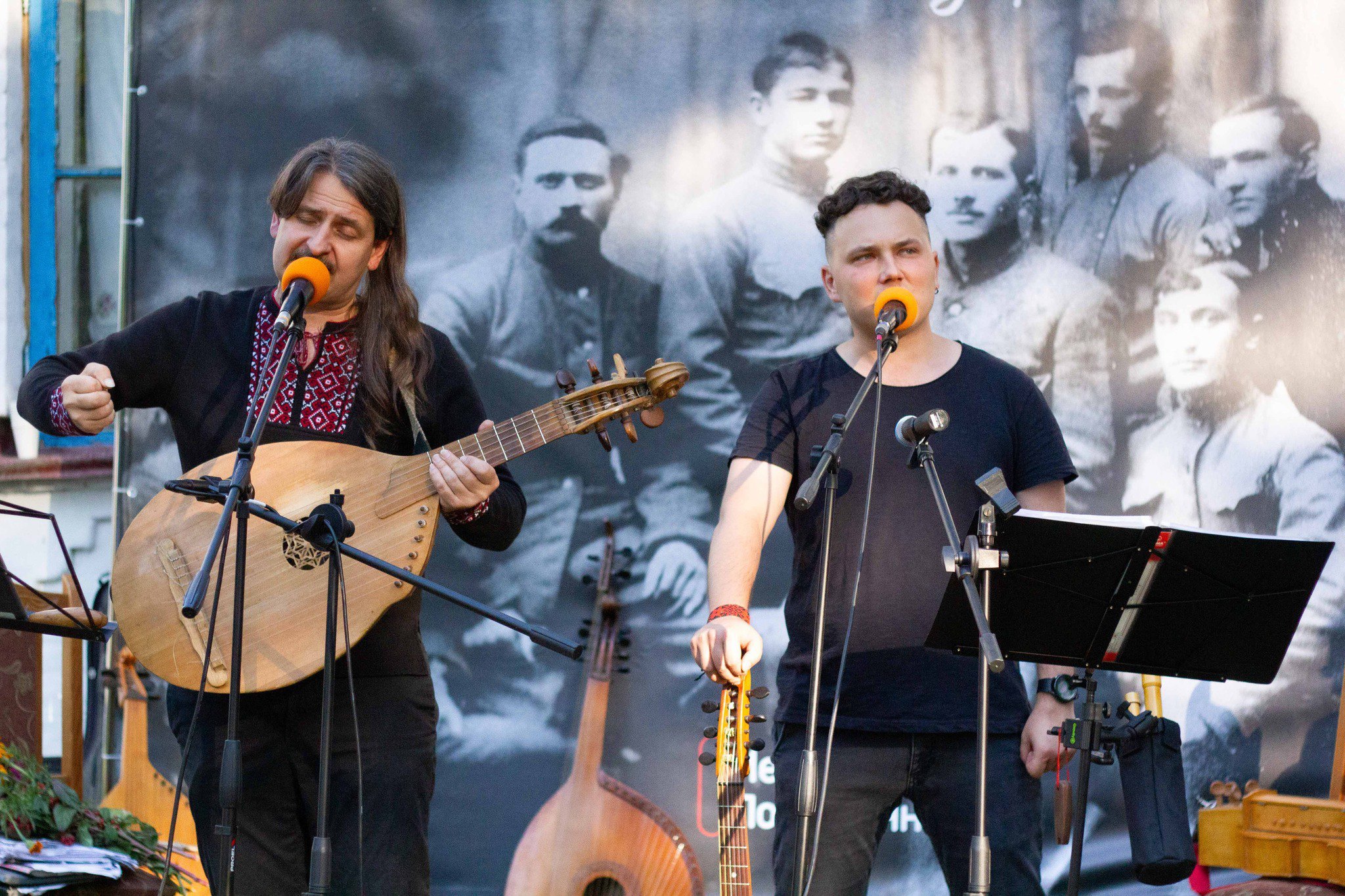
During the festival, winners of the Ivan Dubynets literary contest will be announced: each year two adult participants, one participant under 18, and one favorite work selected by the organizers are awarded.
Festival open to cooperation
“We are open to expanding the organizing team if people can offer a program block that fits the festival’s idea of commemorating the Ukrainian liberation movement, we will gladly cooperate,” says Maryna Hohulya.
Sometimes help is needed to edit videos, many of which have already been shot but have not yet been finalized.
Also, the organizers are seeking support from the government or patrons to publish the nearly completed book of Ivan Dubynets’s works, which were previously published in newspapers of the Ukrainian diaspora and migrants.
“We also want to publish the works of the winners and participants of the Ivan Dubynets literary contest, as there are worthy literary works there,” Maryna says.
The organizers also invite conscious Ukrainian artists who are ready to perform at the event, if they fit the format of traditional music.
“I believe that our memory festival can become a magnet attracting educated and young people to the community, develop tourism, help overcome Russian narratives, foster local patriotism, reveal creative talents among locals, create a space for communication and mutual support, and boost public optimism during wartime,” says Maryna Hohulya.









